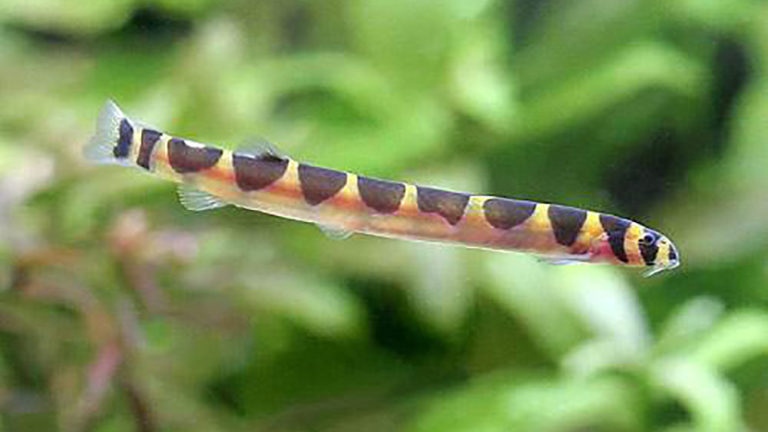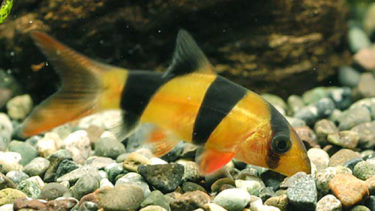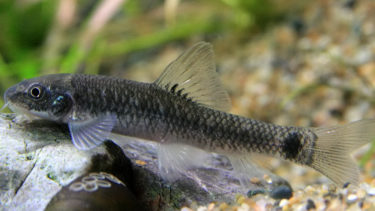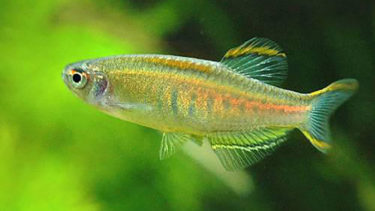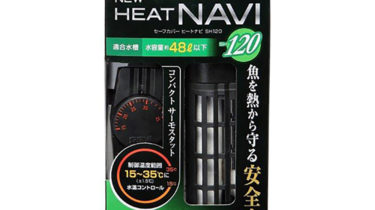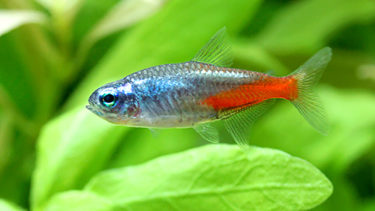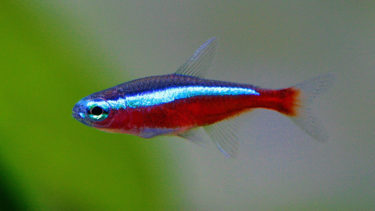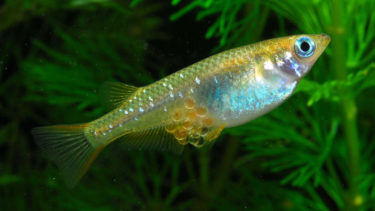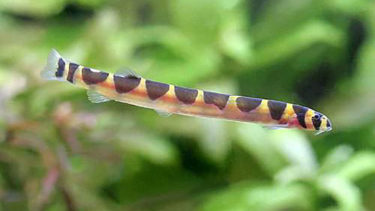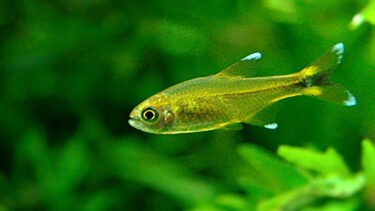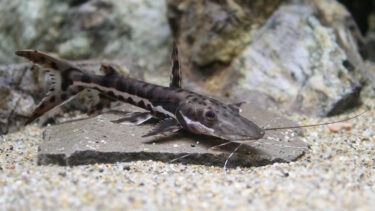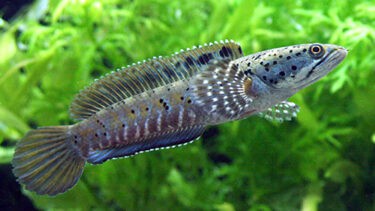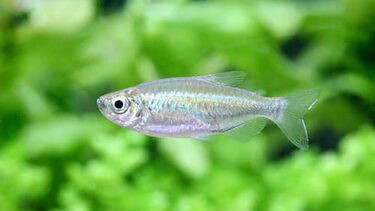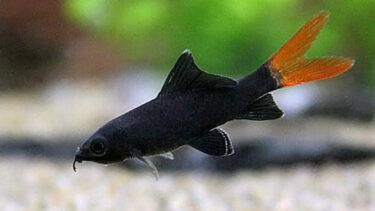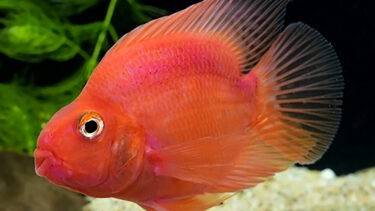The coolie roach is a tropical fish of the family Carpidae (loach) and genus Cooley's roach, native to Southeast Asia, including Indonesia and Malaysia. Its body color is orange with a black pattern, and its mouth is downward pointing, allowing it to eat food scraps. In this article, we would like to explain in detail the characteristics of the Cooley Loach and how to keep them.
What is a Cooley Loach?
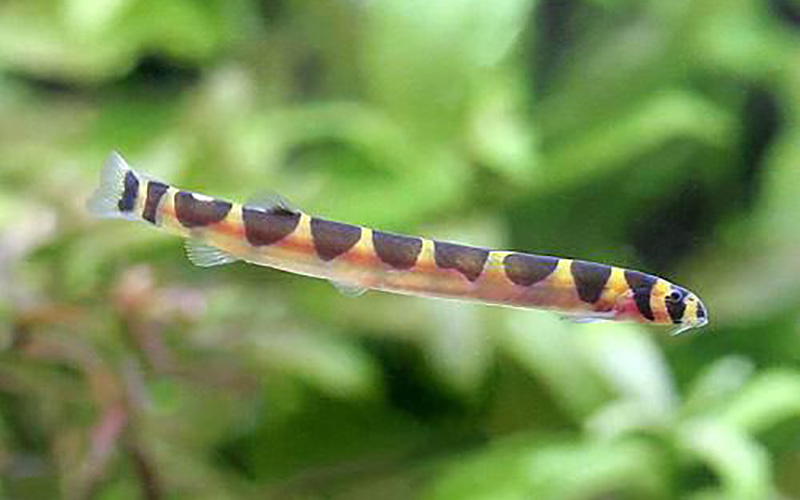
The Cooley Loach is a tropical fish belonging to the Cooley Loach family of the Carp family. The origin of the Cooley Loach is Southeast Asia, including Indonesia and Malaysia.The body color of the Cooley loach is orange with a black pattern. Being a member of the loach family, the clown loach has a downward-facing mouth and feeds on algae and food debris attached to mud and gravel. Therefore,Many people keep them in aquariums for the purpose of having them eat the scum of the creatures they mix with and the algae on the walls.
The clown loach is a tropical fish of the Carp family, Loachidae, native to the islands of Sumatra and Borneo in Southeast Asia. Its body color is mainly yellow with a black banded stripe pattern. In this article, I would like to explain in detail the characteristics of the clown loach and how to keep it [...].
The gara rufa is a tropical fish of the family Carpidae, the genus Gara, native to Western Asia, including Turkey, Iran, and Iraq, and not very flashy with a blackish body color. Instead, it is known as a doctor fish because it removes dead skin cells from humans. In this issue of [...].
The Orange Glitter Danio is a tropical fish belonging to the Danio genus of the carp family, Carpidae, native to the Irrawaddy River in northern Myanmar, with a beautiful yellow (orange) body color and pale spots on the sides of its body. In this article, we will discuss the characteristics of the orange-glitter danios and how to keep them [...].
The zebra danio is a tropical fish belonging to the Danio genus of the Carp family, Carpidae, native to the Koshi River in northern India. In this article, I would like to explain in detail the characteristics of the Zebra Danio and how to keep it. [...].
How to Keep a Cooley Loach
The Cooley Loach can be an easy breed to keep. The life span of the Cooley Loach is approximately 5-10 years. Their body size is approximately 10-12 cm. However, both lifespan and body size vary depending on the environment in which they are kept and the food they are fed. They prefer slightly acidic to neutral water (especially soft, slightly acidic water), with a pH range of 3.5 to 7.0. Cooley loaches are classified as a tropical fish, so if kept in Japan, they require a heater in winter.Also, since coolie roaches are nocturnal and often hide in the shadows during the day, it is recommended that you add driftwood, clay pipes, or other ornaments for them to hide in when keeping them in an aquarium. Since they are nocturnal, they may become stressed if you try to see them in bright light.
A heater is a device that maintains a constant water temperature. If you go to a specialty store that carries heaters, you will find a wide variety of types. Some people may be at a loss as to which one to choose. In this article, we would like to explain about such heaters [...]
Points to keep in mind when mixing swimmers

Regarding mixed swimming, first of all, the character of the Cooley loach is timid. Therefore, if the breed with which they are mixed is territorial or aggressive, the Cooley Loach may be attacked, resulting in injury or even illness due to stress.Recommended species for mixing with the coolie loach are small fish such as neon tetras and other colorassins and red fins. In addition, since the coolie roach lives in the lower trophic zone, we recommend quiet species such as otocin and corydoras in the same trophic zone.
The neon tetra is a tropical fish in the family Carassinae, and is a beautiful fish with a blue glow from its head to its tail fin. In this article, I would like to explain in detail the characteristics of the Neon Tetra and how to keep it. What is a Neon Tetra?
The cardinal tetra is a tropical fish of the family Carassinae of the order Carassinae that lives in the Negro and Amazon rivers in South America. It is a beautiful fish with a blue glow from its head to its tail fin. In this article, I would like to explain in detail the characteristics of the Cardinal Tetra and how to keep it. [...].
Points about spawning
Many people who keep Cooley loaches want to breed them. However,There have been few domestic successes for the Cooley loach, and breeding them in a typical breeding environment is very difficult.If you are trying to breed, it is very important to keep several (5 or more is recommended) of only the same species of coolie roach in the aquarium and wait for them to spawn. Then, if they spawn on the bottom sand or on driftwood, immediately transfer the eggs to a separate container before they are eaten by adult clown loaches. If the eggs are laid on sand, you can scoop up the entire sand. Hopefully, they will hatch in a few days. After that, you can keep the eggs as you would with killifish fry, for example.
Many people who keep killifish want them to spawn. However, not many people know about spawning and what they need to do to prepare for it. This time, we would like to explain the method of spawning and the points to be noted [...].
If you have kept goldfish for a long time, you may want to try to breed them. However, if goldfish spawning is not done with care, there is a high possibility that the goldfish will weaken. In this article, I would like to explain in detail the method and precautions for spawning. The time of spawningThe time of spawning of goldfish is [...]
What to look for when keeping a Cooley Loach

The Cooley Loach is a recommended breed because it is easy to keep and to mix with other breeds, but it is not well known. However, they are not well known because they are nocturnal and have a timid character, which means that there are few opportunities to see them even when they are kept. This is because it is a major disadvantage when keeping them as an ornamental fish because they are not easily seen.However, it has many features not found in other breeds, such as its flashy body color and snake-like appearance (movement). They are also safe to keep because they rarely attack other breeds. They also prevent the deterioration of water quality by eating the food scraps from other species and algae on the walls. If you have a chance to see them in a specialty store, I recommend you to take a look.

